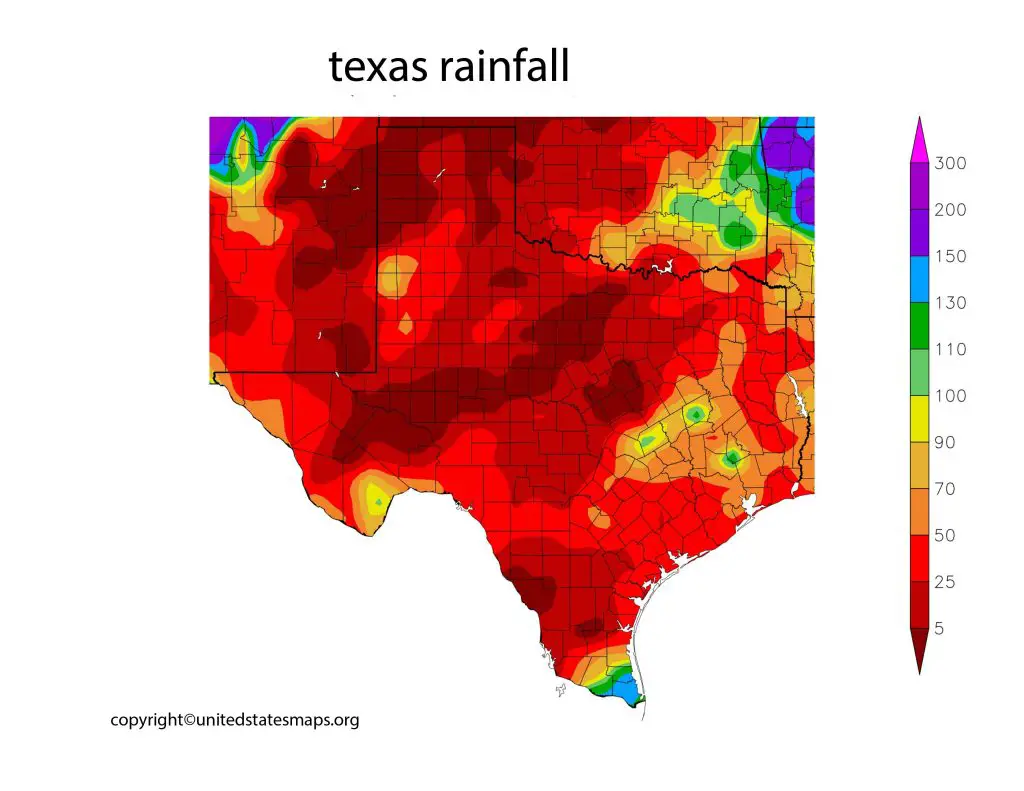Texas Rainfall And Flash Flooding: Current Warnings And Safety Advice

Table of Contents
Understanding Current Flash Flood Warnings in Texas
Staying informed about Texas flood alerts is the first step in protecting yourself. The National Weather Service (NWS) is your primary source for accurate and timely information regarding Texas flood warnings. Understanding the difference between a flood watch and a flood warning is critical. A flood watch means conditions are favorable for flooding; a flood warning means flooding is occurring or is imminent.
-
Flood Watch vs. Flood Warning: A Flood Watch indicates that conditions are right for flooding to occur. A Flood Warning means flooding is happening or will happen soon. Pay close attention to the upgrade from a watch to a warning.
-
Reliable Sources for Texas Flood Warnings:
- National Weather Service (NWS) Website: The NWS website provides detailed forecasts, watches, warnings, and current conditions for all of Texas.
- Weather Apps: Many reputable weather apps (like AccuWeather, The Weather Channel) provide real-time alerts and push notifications for severe weather, including flash flood warnings. Make sure your location settings are accurate.
- Local News: Local news channels and websites often provide up-to-the-minute updates on severe weather and flooding in your specific area.
-
Emergency Alerts: Sign up for emergency alerts through your mobile device's settings. This ensures you receive timely warnings, even if you're not actively monitoring weather reports. These alerts can be life-saving during a flash flood.
Safety Precautions During Heavy Rainfall and Flash Floods
Preparing for heavy rainfall and potential flash floods is essential for protecting your family and your property. Proactive measures can significantly reduce the risk of damage and injury.
-
Home Flood Protection:
- Move valuable items to higher ground.
- Clear gutters and drains to prevent water buildup around your home.
- Consider installing flood barriers or sandbags if you live in a high-risk area.
-
Driving in Floods: Turn Around, Don't Drown! Never attempt to drive through a flooded area. The depth of the water can be deceiving, and even a few inches of rushing water can sweep your vehicle away.
-
Emergency Kit: Prepare a basic emergency kit including:
- Water (one gallon per person per day for several days)
- Non-perishable food
- First-aid kit
- Flashlight and extra batteries
- Radio (battery-powered)
- Important documents (stored in a waterproof container)
-
Evacuation Plan: Develop and practice a family evacuation plan, including designated meeting points and escape routes. Know your evacuation zone and heed evacuation orders immediately.
-
Securing Your Property: Before a flood, secure loose items outside your home that could be swept away by floodwaters. Consider bringing patio furniture, grills, and other outdoor items inside.
Responding to Flash Floods: Evacuation and Aftermath
Understanding how to respond to a flash flood warning is critical. Prompt evacuation is often the most important life-saving action.
-
Evacuation Orders: If an evacuation order is issued for your area, evacuate immediately. Do not delay. Floodwaters can rise rapidly and become life-threatening.
-
Post-Flood Assessment: After the floodwaters recede, carefully assess the damage to your home and property. Do not enter floodwaters unless trained professionals deem it safe. Check for structural damage, gas leaks, and electrical hazards.
-
Seeking Assistance: Contact emergency services and local authorities for assistance with cleanup, damage assessment, and potential aid programs. The Federal Emergency Management Agency (FEMA) often provides assistance after major flood events.
-
Flood Cleanup: When cleaning up after a flood, wear protective gear, including gloves and masks, to avoid exposure to hazardous materials and potential mold growth. Dispose of contaminated materials properly.
-
Flood Insurance: Consider purchasing flood insurance, even if you don't live in a high-risk area. Standard homeowner's insurance typically does not cover flood damage. Flood insurance can provide crucial financial protection during a devastating flood event.
Conclusion
Understanding Texas flash flood warnings, implementing safety precautions, and knowing post-flood actions are vital for protecting lives and property. Staying informed about Texas rainfall and flash flood warnings is the most critical step you can take. Prepare an emergency plan, monitor weather alerts regularly, and prioritize your safety during heavy rainfall to minimize the risk of flash flooding. Knowing what to do before, during, and after a flood event significantly increases your chances of being safe. Remember: Your safety is paramount. Be prepared and stay informed about Texas rainfall and potential flash floods.

Featured Posts
-
 Deti Naomi Kempbell Fotografii Syna I Docheri Supermodeli
May 25, 2025
Deti Naomi Kempbell Fotografii Syna I Docheri Supermodeli
May 25, 2025 -
 Understanding The Net Asset Value Nav Of The Amundi Dow Jones Industrial Average Ucits Etf Distributing
May 25, 2025
Understanding The Net Asset Value Nav Of The Amundi Dow Jones Industrial Average Ucits Etf Distributing
May 25, 2025 -
 Matt Malteses Her In Deep Exploring Themes Of Intimacy And Personal Growth
May 25, 2025
Matt Malteses Her In Deep Exploring Themes Of Intimacy And Personal Growth
May 25, 2025 -
 France Considers Tougher Sentences For Young Offenders
May 25, 2025
France Considers Tougher Sentences For Young Offenders
May 25, 2025 -
 Record Global Forest Loss Driven By Devastating Wildfires
May 25, 2025
Record Global Forest Loss Driven By Devastating Wildfires
May 25, 2025
Latest Posts
-
 Iga Swiatek Overcomes Slow Start To Set Up Gauff Semifinal Clash In Madrid
May 25, 2025
Iga Swiatek Overcomes Slow Start To Set Up Gauff Semifinal Clash In Madrid
May 25, 2025 -
 Jerome Powell On Tariffs A Threat To Fed Goals
May 25, 2025
Jerome Powell On Tariffs A Threat To Fed Goals
May 25, 2025 -
 From 0 6 To Semifinal Swiateks Resilience Shines In Madrid
May 25, 2025
From 0 6 To Semifinal Swiateks Resilience Shines In Madrid
May 25, 2025 -
 Strong Starts For Alcaraz And Sabalenka At The Italian Open
May 25, 2025
Strong Starts For Alcaraz And Sabalenka At The Italian Open
May 25, 2025 -
 Swiatek Fights Back To Defeat Keys Reaches Madrid Semifinal
May 25, 2025
Swiatek Fights Back To Defeat Keys Reaches Madrid Semifinal
May 25, 2025
